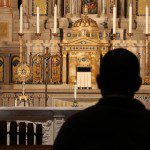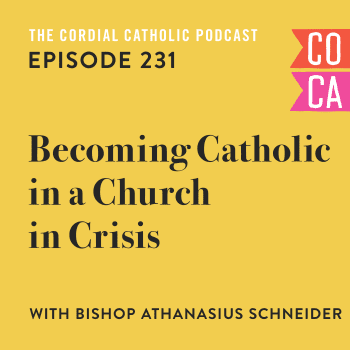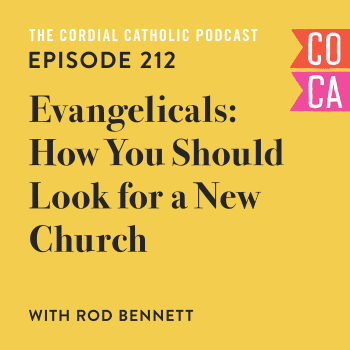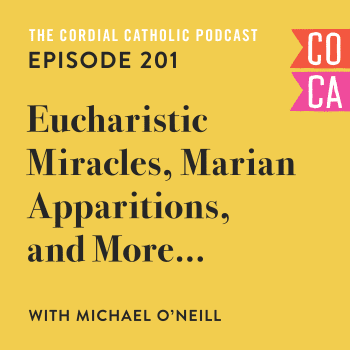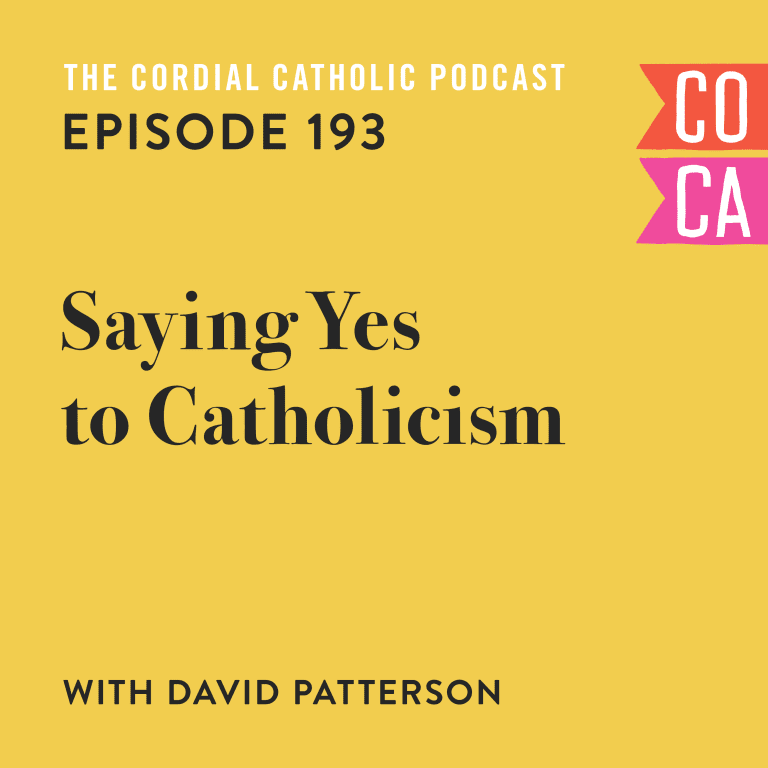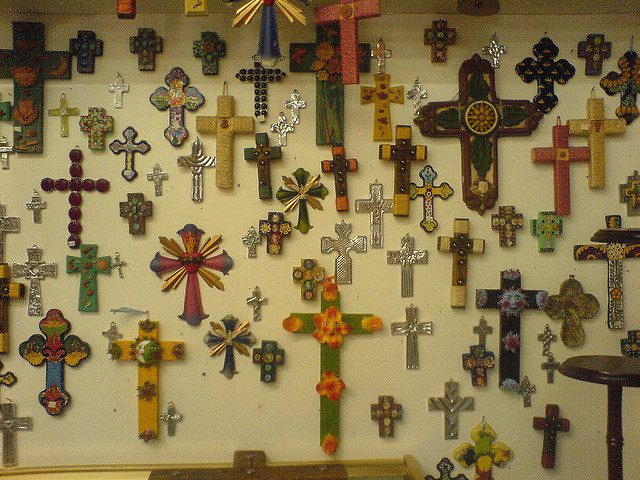
I had the day off work so, naturally, I was looking for a place to go for daily Mass.
No, I’m not really that pious but I try and I thought I’d try something new this time.
One thing I love about the Catholic Church is its universality.
Truly, the Catholic Church looks like the Church described in the Bible. The Church that Jesus prayed for in his High Priestly Prayer; the Church written about by the apostles—like when Paul wrote that we are one Church and celebrate one Eucharist.
The Catholic Church fits this bill, which was a big pull for me in my conversion.
The parish church I’d decided to visit was one I’d never been to before: a five-minute drive away and run by a little-known order of missionary priests. It seemed interesting, but my interest quickly turned to panic as I pulled up to the massive stone building and tried to find parking.
Once, twice, and on my third pass I decided that there simply wasn’t any place to park.
They didn’t have a parking lot—so how did anybody go to church here?!
No parking lot, no street parking, and no signs indicating where an interested parishioner might pull up their car.
It wasn’t going well and the ten generous minutes I’d allotted myself to “find parking” were quickly ticking away.
On my fourth pass I noticed an older man with a coffee cup pacing up and down the block. “Do you know where I can park for the church?” I called out as I slowed down. “Well, basically nowhere,” he sighed, “but there are a couple of spots around back if they’re still available.” He directed me on how to pull around the building, through a neighbouring school’s parking lot, and to the rear of the rectory where a tiny five-car lot provided parking for daily Mass goers.
I made it, and let loose a sigh of relief, but my elation quickly turned into terror as I tried door after door on the massive church building only to find each one locked.
It seemed that the universe was conspiring against me attending this particular Mass.
After trying a dozen different doors, each one locked, checking and re-checking the schedule of Masses on my phone, I decided that something must be wrong. Someone made a mistake. There’s no Mass to be had.
And so, disappointed, I headed back to my car.
Passing the coffee cup man one last time I thought I may as well ask about Mass too.
“Do you happen to know if there’s Mass today?” I said having no idea who he was or if he’d know a thing at all about the church he was pacing in front of.
“Oh!” he exclaimed, “Of course! I’m sorry, I should’ve known!”
Quickly, the man introduced himself as the pastor of the parish, shaking my hand vigorously, and leading me by the elbow to a narrow stairway at the back of the rectory which led down to a basement door.
“The Mass is in the rectory chapel,” he said, “But you couldn’t have possibly known that. We’re a small community and don’t usually get visitors!”
Relieved that I’d made it I tucked into the small room and quickly found a chair under the curious eye of the ten or so other people already seated in the chapel. No, they don’t get visitors, and I certainly must be a curiosity.
A couple of years ago, before becoming Catholic, this kind of a situation would’ve made me anxious.
Worshipping together with ten complete strangers in a tiny little wood-panelled basement room would’ve seem odd and, certainly, uncomfortable.
I wouldn’t have known what to say and when to say it; I wouldn’t have known when to stand, sit down, and kneel. I wouldn’t have had a clue what was going on.
As a younger Evangelical it would’ve seemed foreign, pagan, and even wrong.
But, to my amazement, in the years since my conversion so much has changed.
And there, in that basement chapel, I recognized that for maybe the first time.
This particular Mass was incredible in its simplicity and beauty.
The massive, thickly accented African priest slowly and carefully pronounced his words as he worked through the motions of the Mass. His homily was delivered with great intention, in broken and deliberately chosen English and the whole meaning of the Mass was made that much more palpable by the sheer effort he was obviously exerting to do it all in a foreign language.
Not loss on the small group of parishioners.
And when it was all over and I climbed the steep stairs back outside to the parking lot I went away with a decidedly mystical, light feeling—without incense, without bells, without the beautiful architecture and the High Church trappings which can often inspire such feeling.
Instead, such a simple Mass, celebrated in the cramped basement of an ancient rectory with a handful of strangers was easily one of the most beautiful experiences of the Eucharist I’ve ever had.
Later, when I told a good friend of mine, a non-Catholic Christian, he looked at with me a funny expression and simply said, “Well, of course. Isn’t that the Universal Church you’re always going on about?”
And, yeah, I guess he’s right.
That the Mass is the same whether in St. Peter’s Cathedral or the basement of a church rectory is something beautiful, remarkable, and true.
It’s that sameness that literal universality which makes the Mass, and the Catholic Church, so beautiful to me. That our Mass is the same everywhere. That we worship, truly, in one accord. United.
This, I thought, as I climbed those stairs and went off out into the world, is exactly what was meant be the Body of Christ. Limbs extended, to every corner of the earth.

